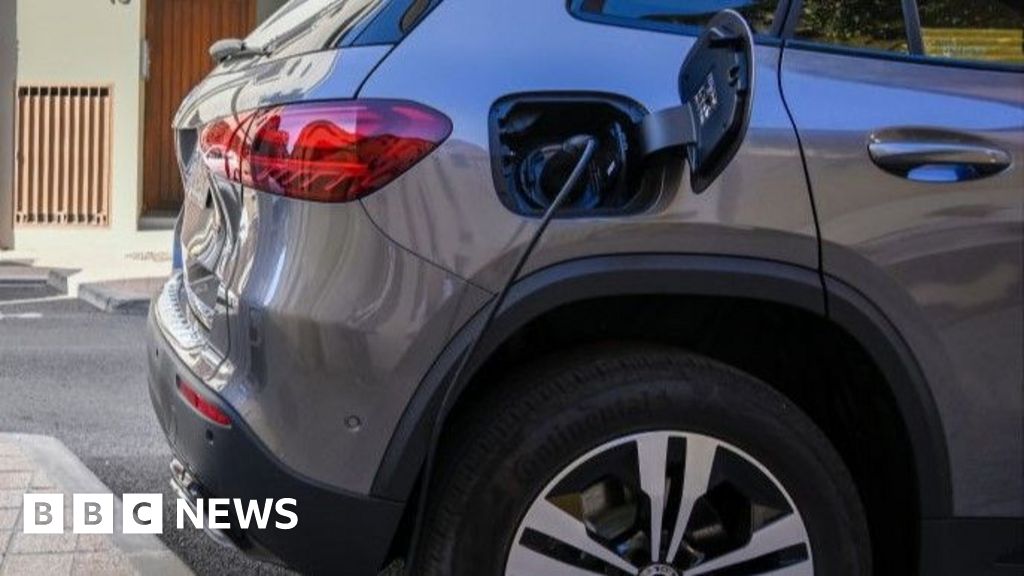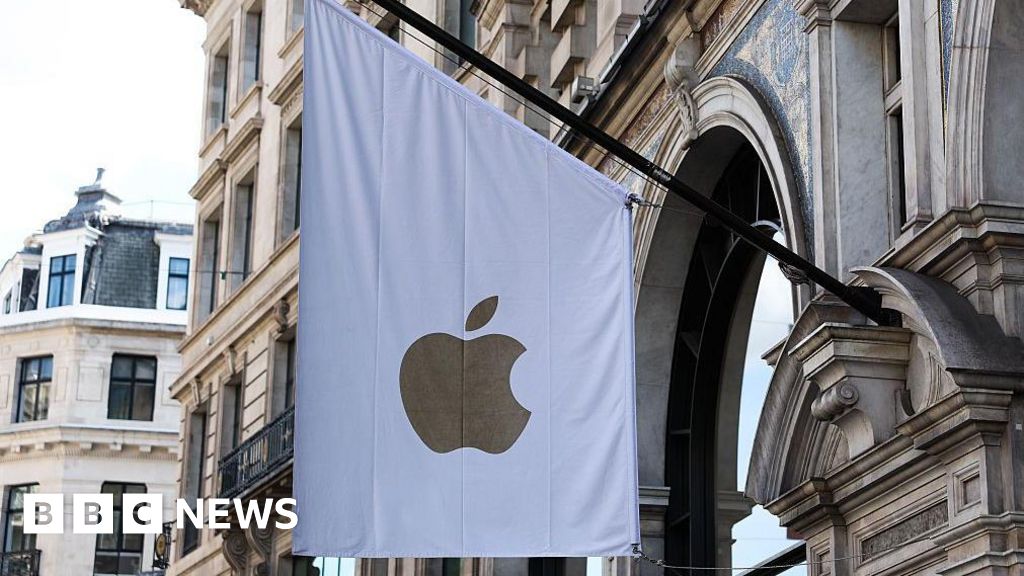Savers urged to 'switch accounts' as banks make biggest interest rate cut in 10 years: 'Shop around!'
Britons are being told to “shop around” for the best deals on savings accounts as high street banks slash interest rates.Bank customers experienced the largest month-on-month fall in average fixed savings rates in over a decade in December last year, according to Moneyfactscompare.January saw an even steeper reduction as providers continued to slash interest paid to savers.However, variable savings interest rates continue to remain at the same level they have been in recent months.Do you have a money story you’d like to share? Get in touch by emailing money@gbnews.uk.Moneyfactscompare found that average rates on fixed rate bonds and ISAs in 2023 reached their first-of-month peaks in Autumn of last year.Three and five-year interest rates hit their peak in September, while one two and four-year equivalents offered the best rates in October.However, fixed rate bonds and ISA interest rates have reduced dramatically since then with Moneyfacts highlighting that some average rates have dropped by more than a percentage point.As of February 1, the average one-year fixed bond is standing at 4.62 per cent, which is a 0.82 per cent reduction from its recent first of month peak in October.Over the same time, the average one-year fixed ISA has fallen by 0.76 per cent to 4.51 per cent since October 2023.Long-term fixed rate accounts also appear to be affected by this trend with the average four-year fixed bond sitting at 3.96 per cent as of February 1.This represents a significant drop of 1.04 per cent from a savings interest rate of five per cent on October 1.At the same time, the average two-year fixed ISA dropped 1.01 per cent to 4.22 per cent in another blow to savers. LATEST DEVELOPMENTS:Asda, John Lewis and Costco shoppers urged to watch out as thousands targeted by convincing scamBlow to Britons as UK inflation to be highest in G7 despite economy revivalDWP: £299 cost of living payment will be paid from tomorrow but you could still lose outHowever, Moneyfactscompare noted that variable savings interest rates have remained steady in comparison to fixed rate counterparts.This is likely due to the Bank of England base rate holding steady at 5.25 per cent since August 2023 which heavily influences interest rates.James Hyde, a spokesperson at http://Moneyfactscompare.co.uk, reminded bank customers of the importance of getting the “best possible return” on savings.He explained: “Average fixed savings rates fell in the Autumn for the first time in a couple of years, with swingeing reductions continuing in the following months. Meanwhile, the average easy access rate has barely shifted at all since peaking in November.“On October 1, 2023, the average one-year fixed bond paid 2.27 per cent more than the average easy access account – in just four months the gap has narrowed to just 1.45 per cent.“Even among the best-paying accounts, on October 1 the most lucrative one-year fixed bond paid one per cent more than the market-leading easy access account: whereas now the top-paying easy access account pays 0.04 per cent more than the best one-year fixed deal.“It remains as essential as ever that savers shop around and switch to get the best possible return on their hard-earned cash.”

Britons are being told to “shop around” for the best deals on savings accounts as high street banks slash interest rates.
Bank customers experienced the largest month-on-month fall in average fixed savings rates in over a decade in December last year, according to Moneyfactscompare.
January saw an even steeper reduction as providers continued to slash interest paid to savers.
However, variable savings interest rates continue to remain at the same level they have been in recent months.
Do you have a money story you’d like to share? Get in touch by emailing money@gbnews.uk.

Moneyfactscompare found that average rates on fixed rate bonds and ISAs in 2023 reached their first-of-month peaks in Autumn of last year.
Three and five-year interest rates hit their peak in September, while one two and four-year equivalents offered the best rates in October.
However, fixed rate bonds and ISA interest rates have reduced dramatically since then with Moneyfacts highlighting that some average rates have dropped by more than a percentage point.
As of February 1, the average one-year fixed bond is standing at 4.62 per cent, which is a 0.82 per cent reduction from its recent first of month peak in October.
Over the same time, the average one-year fixed ISA has fallen by 0.76 per cent to 4.51 per cent since October 2023.
Long-term fixed rate accounts also appear to be affected by this trend with the average four-year fixed bond sitting at 3.96 per cent as of February 1.
This represents a significant drop of 1.04 per cent from a savings interest rate of five per cent on October 1.
At the same time, the average two-year fixed ISA dropped 1.01 per cent to 4.22 per cent in another blow to savers.
LATEST DEVELOPMENTS:
- Asda, John Lewis and Costco shoppers urged to watch out as thousands targeted by convincing scam
- Blow to Britons as UK inflation to be highest in G7 despite economy revival
- DWP: £299 cost of living payment will be paid from tomorrow but you could still lose out

However, Moneyfactscompare noted that variable savings interest rates have remained steady in comparison to fixed rate counterparts.
This is likely due to the Bank of England base rate holding steady at 5.25 per cent since August 2023 which heavily influences interest rates.
James Hyde, a spokesperson at http://Moneyfactscompare.co.uk, reminded bank customers of the importance of getting the “best possible return” on savings.
He explained: “Average fixed savings rates fell in the Autumn for the first time in a couple of years, with swingeing reductions continuing in the following months. Meanwhile, the average easy access rate has barely shifted at all since peaking in November.
“On October 1, 2023, the average one-year fixed bond paid 2.27 per cent more than the average easy access account – in just four months the gap has narrowed to just 1.45 per cent.
“Even among the best-paying accounts, on October 1 the most lucrative one-year fixed bond paid one per cent more than the market-leading easy access account: whereas now the top-paying easy access account pays 0.04 per cent more than the best one-year fixed deal.
“It remains as essential as ever that savers shop around and switch to get the best possible return on their hard-earned cash.”







































